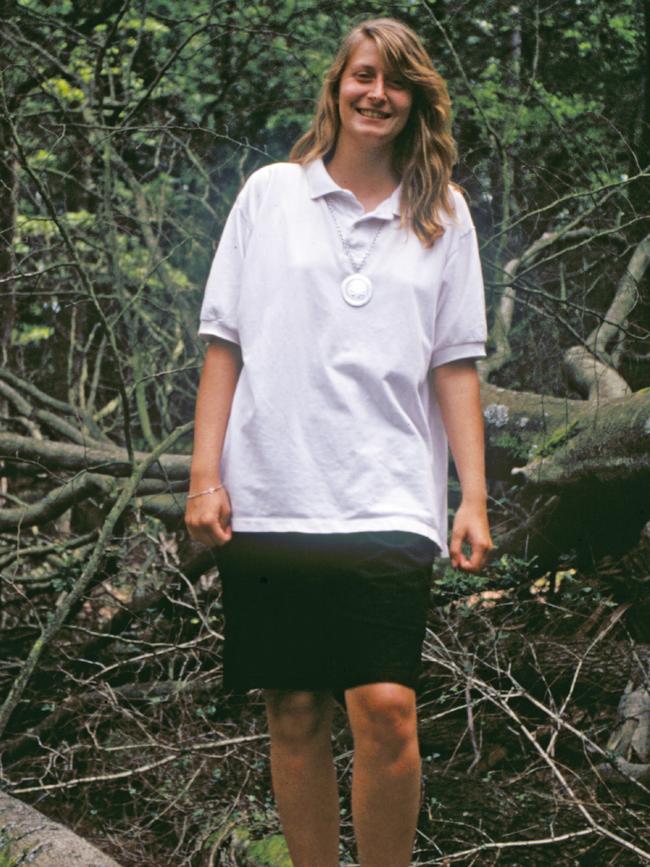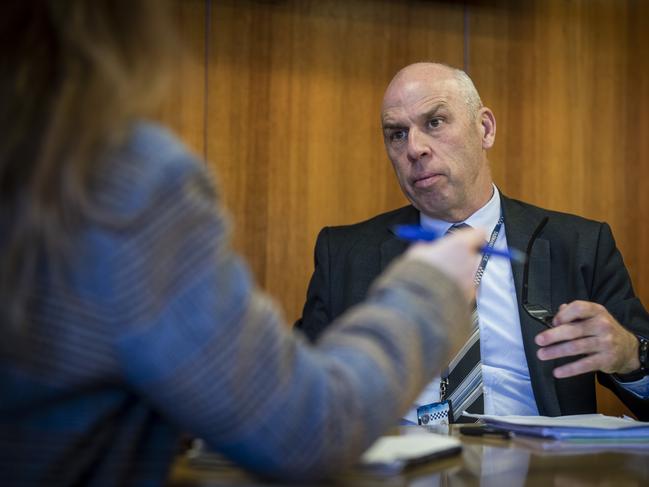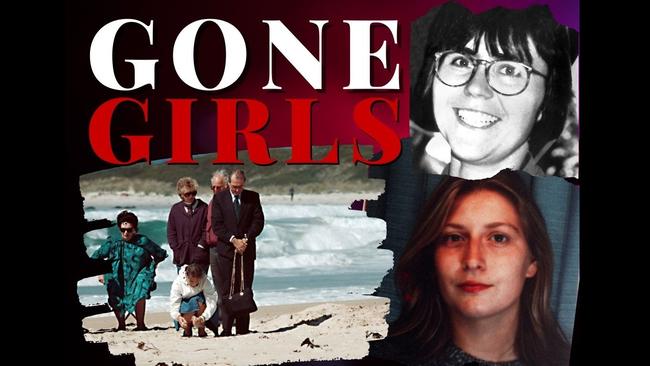Twenty-five years have passed since a peaceful Tasmanian seaside community was shattered by the brutal murder of a young Italian tourist on one of its remote and beautiful beaches. Still to this day, no-one has ever been charged with the murder of Victoria Cafasso. But Victoria’s death wasn’t the first disturbing event along that picturesque coastline - young German tourist Nancy Grunwaldt had disappeared from the same area two years earlier. With the anniversary of Victoria’s death, the Mercury revisits these two mysteries to find out what the police detectives and the locals think happened — and if they’ll ever be able to put these ghosts to rest.
POLICE and scientists hope they may soon hold the key to discovering who murdered Victoria Cafasso – by unlocking her killer’s full DNA profile.
Over the past two months, Tasmania Police and experts at the University of Tasmania have been working with new DNA technology on a carefully-stored exhibit that has been in safekeeping for 25 years.


If the technology enables police to extract a full DNA sample of Victoria’s killer – which they haven’t done before – they will try to match it by running a check through the national database or getting a court order to take DNA samples from suspects.
Tasmania Police could even subpoena DNA matches through an ancestry website – by the same method that nabbed California’s Golden State Killer.
“It’s a chance,” Detective Inspector Kim Steven said.
“It’s exciting, but we’re certainly not getting ahead of ourselves saying this is going tso be it.
“It may progress us to a theory that we already have in regards to Victoria or it may put us in a new path of investigation, or it may not be successful at all, but we’ll see where that takes us.”
Click here to listen to Episode 1 of the Gone Girls podcast: An Unspeakable Crime
Det Insp Steven currently has carriage of the Victoria Cafasso and Nancy Grunwaldt cold cases at Launceston’s CIB, overseeing the reams of documents and massive files of evidence collected over the past two-and-a-half decades.
He said it could take weeks or months to get an answer back from scientists on whether they could extract a full DNA profile on Victoria’s killer.
The fresh hopes come on the 25th anniversary of Victoria’s death – an occasion Tasmania Police is also using to launch a fresh appeal for any witnesses, or even the killer themselves, to come forward.

“Relationships change, allegiances change, people get consciences,” Det Insp Steven said.
“If they’re still alive, (they’ve) been living with that on their conscience for 25 years.
“I don’t care who you are, to live with that I suggest is pretty tough. So the request is out there that if that person hears this, come forward.”
Det Insp Steven said when Victoria died, he collected her mother, father and grandmother at the airport and walked with them along Beaumaris Beach, where their daughter had been brutally murdered only days prior.
He then drove them to Hobart for the “unenviable task” of identifying their beautiful daughter.
Victoria’s father died two months after his daughter’s death after he suffered a heart attack at her memorial service back in Italy.
“It is one of those things that does wake you up at night,” Det Insp Steven said.
“If you could get some closure for the family, maybe that would make it easier but while these matters remain unsolved, they do affect investigators, they do affect family, they do affect the community.”
The Detective said his greatest hope would be that one day, he could give Victoria or Nancy’s family some closure.
“I’d love to be able to, one day contact them through the consulate and say, here’s the proof, here’s the remains of your daughter for Nancy and this is what happened, or we’ve charged an offender for Victoria and he’s appearing in court,” he said.
“Nothing would give me more pleasure than being able to solve both these matters, either of these matters, to try and give some closure to either of these families.
“Victoria, Nancy and every other missing person and unsolved murder – it’s someone’s son, daughter (whose families) deserve the right to know what happened.”
SNEAK PEEK: GONE GIRLS EPISODE 2
Former detective Bob Coad has been retired for nearly 20 years. But he remains as dedicated as ever to solving the missing persons case of young German tourist Nancy Grunwaldt, who vanished from Tasmania’s East Coast two years before the murder of Victoria Cafasso in the same area. Bob explains the two crucial pieces of evidence that he says prove Nancy wasn’t murdered.
Visit www.themercury.com.au tomorrow to read and listen to Part 2 of the Gone Girls Beaumaris Beach mystery.


Everybody appearing at Hobart Magistrates Court, Monday, July 28
Here is a list of people appearing at Hobart Magistrates Court on July 28.
Metro driver fired after assault
A Metro bus driver has been sacked following an assault last year where he was glassed and ‘exchanged blows’ with one of two youths. The new claims the driver has made in his unfair dismissal case.